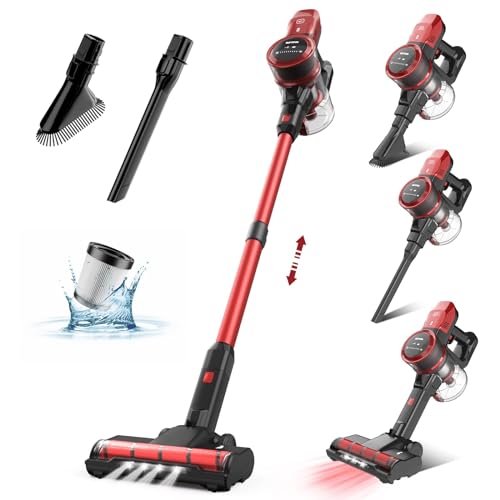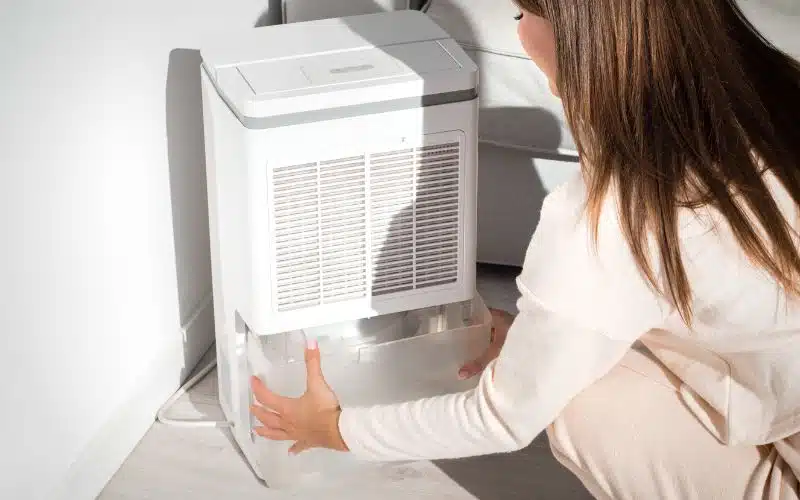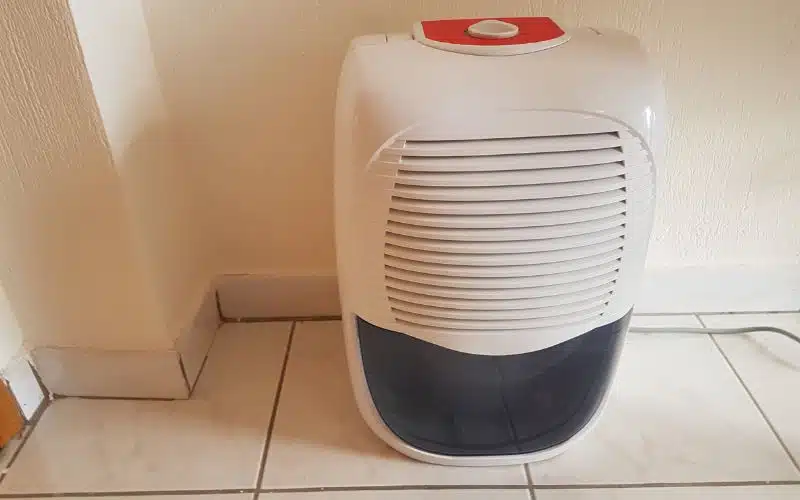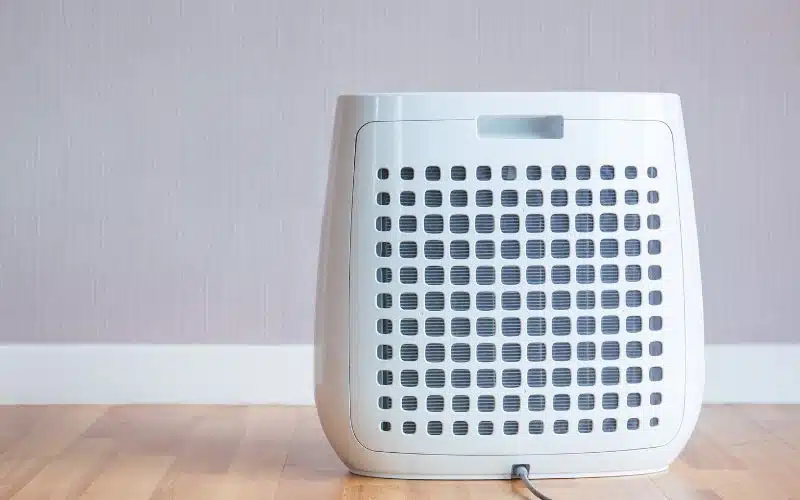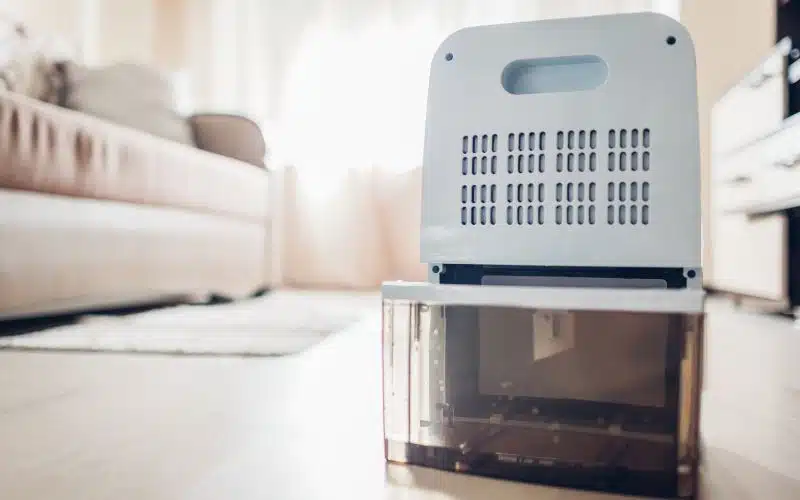Hisense dehumidifier is a popular device used in most homes. Thanks to the filter, your house quality improves a lot.
However, unlike most dehumidifiers, you know how tricky it is to clean the filter. Cleaning your dehumidifier filter is essential to prevent unwanted situations such as water leakage.
Also, knowing the right time and how to clean your device filter is important to make it easier for you. Below are the appropriate steps to clean a dehumidifier filter.
The first step to take is to switch off your hisense dehumidifier. Then, you have to locate the filter. You can check the manual to know where to find it. After locating it, remove the filter and wash it properly. Then, allow it to dry properly before fixing it back. Turn on your dehumidifier.
This article highlights a complete guide to cleaning your dehumidifier filter, knowing when it’s bad, and the dos and don’ts when cleaning your filter.
At the end of the article, you will understand how to maintain a Hisense filter. Let’s dive in!
How Do You Know When Your Hisense Dehumidifier Filter Is Bad?

Besides following the manufacturer’s instructions, a few factors tell you that your dehumidifier is bad and you must change it.
Some of these factors include:
#1. Water Leakage
This factor indicates a bad dehumidifier. Once dirt clogs the dehumidifier filter, it leads to excess water condensation, causing water to spill from your device.
Hence, if you notice any puddle around the unit, your dehumidifier filter is bad.
#2. Frequent Freezing
Once your filter is bad, the evaporator coils might freeze continuously. This phenomenon happens because insufficient warm air passes through the device system.
Thus, it can lead to malfunctioning operations and reduced dehumidification capacity.
#3. Unusual Noise
When you notice an unusual sound from the dehumidifier, it can result from a mechanical fault or improper maintenance.
#4. Strange Odor
A foul smell from your humidifier is a sign that your humidifier is bad. It might be a result of mold or bacteria growth, therefore affecting the quality of the air in your home.
How to Clean Your Hisense Dehumidifier Filter?
You can clean most of the dust on a standard portable dehumidifier using a gentle soap or an equivalent mix of vinegar and warm water.
With a few other cleaning supplies at home, you can effectively eliminate any stubborn mold on your dehumidifier, so it works well again.
Here are a few guidelines on how to clean your Hisense dehumidifier filter.
- The first step to cleaning a hisense dehumidifier is to disconnect the machine.
- After unplugging the machine, you can then remove the air filter. The air filter is at the front of the air inlet at the back of the Hisense dehumidifier.
You can easily remove it by dragging it out with your hands.
- Clean the filter with a vacuum cleaner or warm water. If the filter is not too dirty, a vacuum cleaner can gather up the dirt and dust that has stayed on it.
- POWERFUL MOTOR & 3 SUCTION MODES: VacLife cordless...
- LONG BATTERY TIME WITH A DETACHABLE BATTERY:...
- MULTI-LAYER EFFICIENT FILTRATION SYSTEM: With an...
- UPGRADED TURBO BRUSH HEAD: VacLife vacuum cleaners...
Last update on 2024-01-10 / Affiliate links / Images from Amazon Product Advertising API
However, rinsing under running water with a mild detergent can help remove stubborn residues.
- Allow the filter to air dry if you wash it with water; do not fix it immediately. Before fixing it, make sure it is completely dry.
- After your filter dries completely, you can return it to its original place in the dehumidifier.
- Then turn on your Hisense and check its performance. If you are confused about what to do, consult a professional.
However, cleaning the filter is important to clean the other parts of the humidifier to ensure optimal performance.
Here is a step-by-step process to clean your humidifier.
Step 1: Switch Off the Dehumidifier
It’s best to switch off and unplug your dehumidifier. Cutting off power prevents you from electric shock while cleaning.
Use the power button to switch off your dehumidifier. If your dehumidifier powers on while cleaning, it can cause damage since it is not running properly.
Always clean your dehumidifier once every two weeks so dust doesn’t build up.
Step 2: Clean the Exterior
Use a waterless microfiber material to clean your dehumidifier exterior. Cleaning dust off the surface prevents it from getting into the internal components.
- Microfiber 16 x 12-inch cleaning cloth (24-pack)...
- Ultra-soft and non-abrasive; will not scratch...
- Effectively cleans either dry or with liquid...
- Durable and absorbent; soak up 8 times their own...
Last update on 2024-01-10 / Affiliate links / Images from Amazon Product Advertising API
However, if there are stubborn stains, wet a corner of the cloth and gently scrub the area until it is clean. Do not use water directly on your dehumidifier to avoid damaging the components.
Step 3: Vacuum the Dirt
Vacuum your dehumidifier. Vacuuming helps get rid of dust and dirt inside your dehumidifier.
It would help if you placed the vacuum hose against the intake opening and slowly rotated over the area. Then, move the vacuum over the intake twice to eliminate the dust inside.
Step 4: Empty the Tank
Check the dehumidifier’s display for a light or icon indicating the tank is full.
Then, gently pull the reg tank out from the bottom of the dehumidifier and drain completely in a tub or sink. Doing so will prevent mold or mildew growth.
Step 5: Clean the Tank
Wash the tank with lukewarm water and gentle detergent. Doing so will kill any bacteria in the tank.
- NATURAL LAUNDRY POWDER EUCALYPTUS PEPPERMINT:...
- GENTLE SKIN FORMULA: Designed with sensitive skin...
- SAFE FOR YOUR WASHER: Use in top-load, side-load,...
- NATURAL EARTH INGREDIENTS: Sodium Bicarbonate...
Last update on 2024-01-10 / Affiliate links / Images from Amazon Product Advertising API
Here is how to clean it:
- Fill the bottom of the tank with water and put a few drops of mild soap.
- Shake the tank so the mixture splashes against the sides and clean off any surface dirt.
- Swoosh the water for some minutes before pouring it down the sink.
- Fill the tank with clean water to remove all the foam and cleaning residue.
- To get rid of mildew, mix white vinegar and warm water equally. Then, leave the mixture to soak in the tank for one hour before dumping it out.
- Lastly, dry the tank’s exterior with a clean towel and let the interior air dry completely.
Step 6: Remove the Air Filter
Remove the air filter from the dehumidifier. The air filter is usually behind the grate on the dehumidifier’s exterior, so remove the filter and clean it.
Vacuum or wash the dehumidifier’s air filter. Cleaning out the filter helps unclog the dehumidifier.
Step 7: Clean the Coils
Wash the coils with a cleaning brush if you can access them. When your dehumidifier coils accumulate, it prevents it from working efficiently.
- [𝐒𝐚𝐯𝐞 𝐓𝐢𝐦𝐞 𝐀𝐧𝐝...
- [𝐏𝐨𝐰𝐞𝐫𝐟𝐮𝐥 &...
- [𝐑𝐞𝐜𝐡𝐚𝐫𝐠𝐞𝐚𝐛𝐥𝐞...
- [𝐑𝐞𝐩𝐥𝐚𝐜𝐞𝐚𝐛𝐥𝐞...
Last update on 2024-01-10 / Affiliate links / Images from Amazon Product Advertising API
Therefore, cleaning them will make your device work better.
To clean your coils, carefully remove your dehumidifier’s front cover and move your brush toward the coils to clean off dust and dirt.
However, you need to note that,
- The metal coils are sharp, so avoid touching them.
- You can also spray a coil cleaner on the coils. This cleaner foams up and does not require you to rinse or wipe up afterward.
Step 8: Dry and Rearrange Cleaned Parts
After air drying your dehumidifier components, you can set them up. Set up your humidifier when the parts are dry.
Put the filter back into the device. And if you removed the tank to access the filter, fix it. Ensure you fix all your device components before turning the dehumidifier back on.
Before cleaning a dehumidifier filter, knowing the dos and don’ts is best. The table below highlights this.
| Dos | Don’ts |
|---|---|
| Always read the manufacturer’s instructions | Use harsh chemicals |
| Rinse the filter and leave it to dry properly | Use hot water to wash or excessive heat when drying |
| Remove the filter carefully | Twist or bend the filter |
| Ensure the filter dries before fixing | Use your hisense dehumidifier without a filter |
Six Steps to Change Your Hisense Dehumidifier Filter
Changing your hisense dehumidifier filter is straightforward.
Just follow the steps below:
- Switching off and unplugging your dehumidifier before doing anything to prevent accidents is best.
- The next step is to find the filter. It’s either at the front or back of the removable panel.
- Open the panel carefully to access the filter.
- Then, remove the filter. Note how to position the filter so you can insert the new one properly.
- After removing the old filter, please insert the new one, ensuring it sits properly. Then, close the panels properly.
- Now plug in your dehumidifier to the power supply and switch on the device. You should reset the filter indicator depending on your Hisense model.
Therefore, it’s best to always check your manual. Check the Filter Replacement section for more information.
What Happens to Your Hisense Dehumidifier If You Don’t Change a Dirty Filter?
When you don’t change your dehumidifier filter when dirt, it can lead to the following problems:
- It will decrease your device’s performance and efficiency.
- Once your filter is dirty, it will reduce the airflow, and your device might find removing moisture from the air difficult.
- It can also cause the unit of your dehumidifier to malfunction and become less effective while consuming more energy.
- Furthermore, refusing to change a dirty filter can reduce your device’s lifespan.
Therefore, changing your filter as the manufacturer recommends regularly is best. Doing so will prevent possible damage and enhance the performance.
